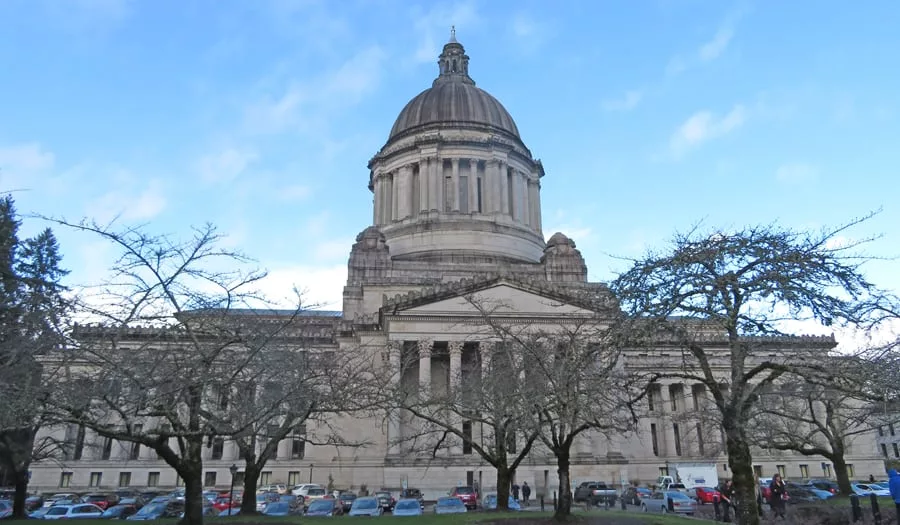As federal Medicaid cuts loom, consumer advocates are celebrating Washington’s new bill limiting hospital prices for state and public school employees.
Senate Bill 5083 caps reimbursement rates for nearly 700,000 people covered by the Public Employees Benefits Board (PEBB) and School Employees Benefits Board (SEBB).
Sam Hatzenbeler, legislative director for the Economic Opportunity Institute, said public and school employees pay more than twice what the federal government said is a fair price for Medicare, with some hospitals charging up to four times more.
“At a time when everyone is going to be asked to tighten their belts due to federal cuts, it’s more important than ever to be prudent with our health care resources,” Hatzenbeler contended.
Thousands in the Mid-Columbia receive health insurance via PEBB and SEBB as state workers and those working in schools, along with their spouses and dependents.
A similar law passed in Oregon in 2019, which saved the state more than $100 million and cut out-of-pocket costs for patients by nearly 10%.
Washington hospitals pushed hard against the bill, warning it will add pressure to their already stretched budgets.
“The state is touting this proposal as reducing health care costs, but it does nothing to lower the cost of providing hospital services,” said Cassie Sauer, president and CEO of the Washington State Hospital Association, in a statement when state lawmakers were considering the caps. “In reality, SB 5083 shifts the burden of covering costs from the state to hospitals and commercially insured people, or it will mean hospitals will cut services for everyone.”
Adam Zarrin, director of state government affairs for the Leukemia and Lymphoma Society, said large hospitals consolidating through buying up their competitors is one of the reasons health care costs have grown out of control.
“States can and should take action to try to increase competition in this health care space,” Zarrin argued. “Because we know that those market factors can help drive and keep costs down.”
Public and school employee health insurance rates have risen more than 6% annually since 2021, compared to roughly 10% annually for other plans. Hatzenbeler added while the cap is a step forward for public workers, lawmakers must expand the relief statewide.
“The data tell us that there are plenty of ways to trim excessive spending,” Hatzenbeler emphasized. “For example, we can look at healthcare CEO salary data. But we simply can’t shift more costs onto the backs of people who are already struggling to get health care.”
The Tri-Cities Area Journal of Business contributed to this report.
This story is republished from Public News Service, an independent, member-supported news organization and Certified B Corporation committed to increasing awareness of and engagement with critical public interest issues by reporting and delivering credible journalism and media packages through a network of independent state newswires.
Disclosure: The Economic Opportunity Institute contributes to Public News Service’s fund for reporting on budget policy & priorities, education, livable wages/working families and senior issues.

